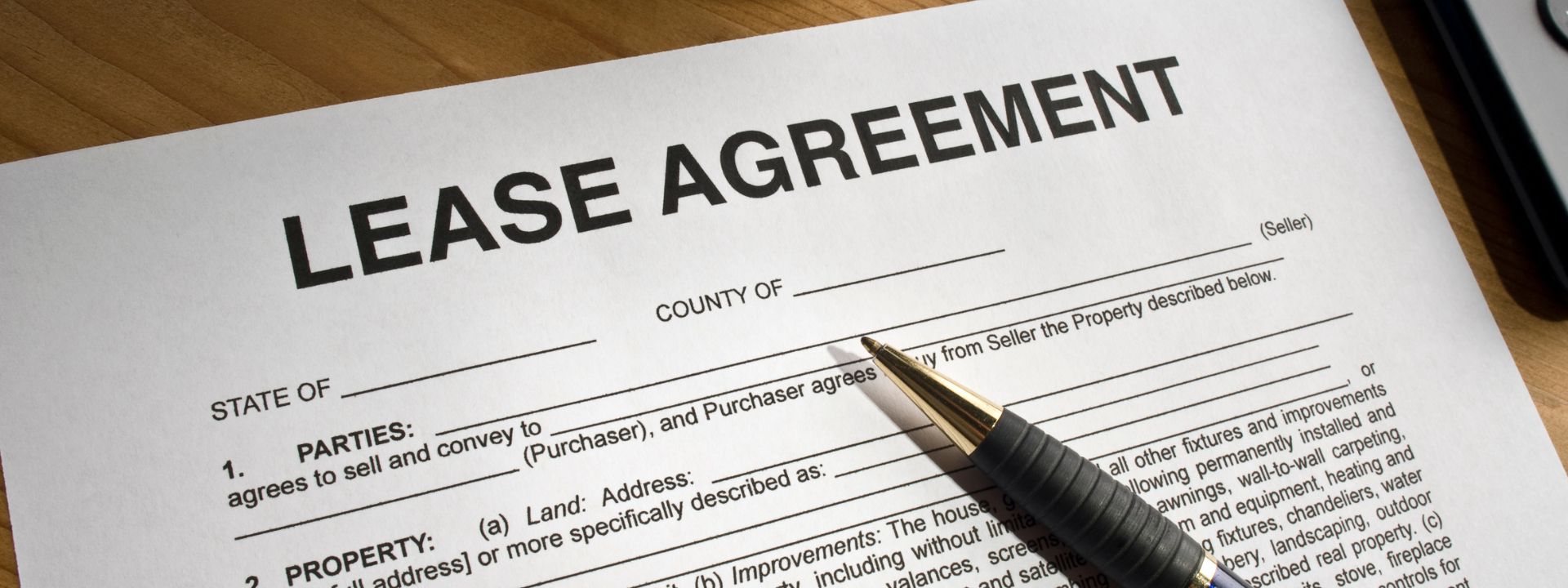At a Glance
Main Takeaway
In an Accounting Standards Update (ASU) released last week, the Financial Accounting Standards Board (FASB) updated lease guidance on related party arrangements between entities under common control.
Next Step
Learn about the amendment resulting from a post-implementation review that revealed stakeholder concerns about successfully applying ASU No. 2016-02, Leases (Topic 842). FASB released a draft of the amended ASU in November, and public comments were welcome until mid-January. The final update was released in March 2023.
Accounting Standards Update (ASU) 2023-01—Leases (Topic 842): Common Control Arrangements
Prior to the Accounting Standards Update (ASU) issued last week, concerns were raised over how entities should account for leasing arrangements where both entities are controlled by the same ownership. A common example is when an operating entity and a real estate entity are owned by the same individual or set of owners. The previous guidance required two cumbersome analyses to be made for entities to apply the ASU as it relates to related party/common control leases:
- a legal analysis to determine if the arrangements were legally enforceable, and;
- for significant assumptions to be made in determining the lease term for the calculations, given the potential for indefinite renewal of the contracts.
Two issues were addressed in the new ASU, effective for fiscal years beginning after Dec. 15, 2023, including interim periods within those fiscal years. Early adoption is permitted.
The two issues addressed are:
- Terms and conditions to be considered – The amendments in this ASU provide a practical expedient for private companies and not-for-profit entities to use the written terms and conditions of a common control arrangement to determine (1) whether a lease exists and, if so, (2) the classification of and accounting for that lease. This practical expedient may be applied on an arrangement-by-arrangement basis. If no written terms and conditions exist, an entity cannot apply the practical expedient and would continue to use the legally enforceable terms and conditions to apply to ASC 842.
- Accounting for leasehold improvements – The amendments in this ASU require leasehold improvements associated with a lease between entities under common control to be:
- Amortized by the lessee over the economic life of the leasehold improvements (regardless of the lease term) as long as the lessee controls the use of the underlying asset (the leased asset) through a lease. However, if the lessor obtained the right to control the underlying asset through a lease with another entity, not within the same common control group, the amortization period may not exceed the lease term associated with the lessor’s lease with the other entity.
- Accounted for as a transfer between entities under common control through an adjustment to equity (or net assets for not-for-profit entities) if and when the lessee no longer controls the use of the underlying asset.
According to FASB, this is a practical expedient for private companies and not-for-profits that are not conduit bond obligors.
Connect with Windes today to learn more about how our ASC 842 accounting services can help your company or nonprofit with these new standards and proposed amendments.


